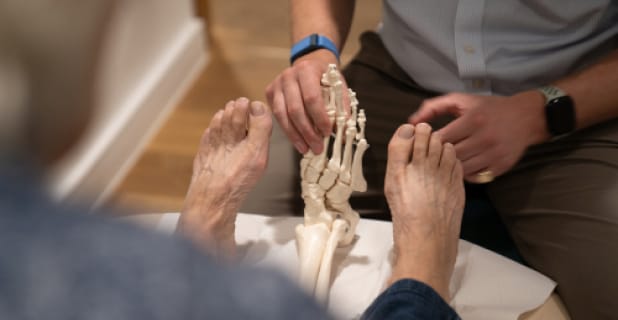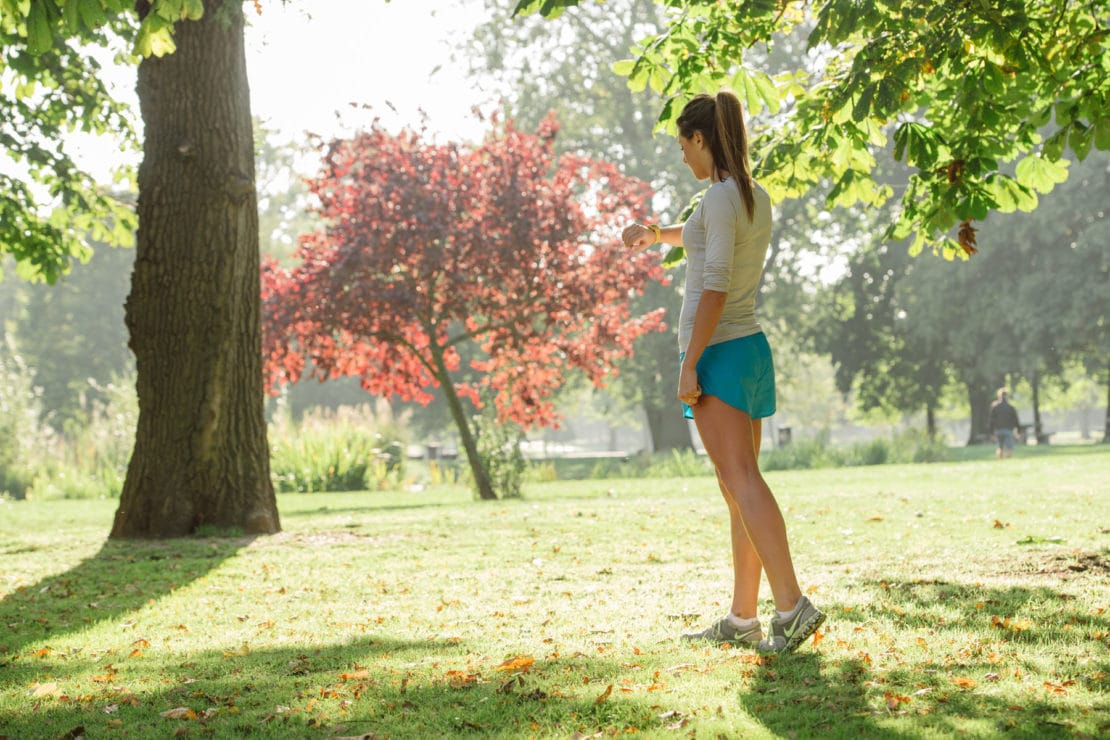How Runners Can Reduce The Risk of Stress Fractures

Claire Small
Chief Clinical Officer & Consultant Physiotherapist
- 14 May, 2020
- Running
- 3 min read
How Runners Can Reduce The Risk of Stress Fractures

As a result of 2020’s global lockdown, many people had to adapt their exercise regimes, and as a result we saw a dramatic rise in the number of people running. Now two years on, it seems the general public still very much have the running-bug!
It is a well known fact that running has many health benefits; however people should be aware of the risks associated with the increased loads on the body in particular, the bones.
Load refers to the weight you put through your muscle/bone which, in terms of running, can accumulate through the amount you run, how fast you run, and the distance. If your muscles and bones can withstand the distance/speed/frequency of your runs then there should be no problem, but if you do too much too soon, that’s when you run the risk of sustaining and injury.
One type of injury that may arise in this scenario is the stress fracture.
What is a stress fracture?
A stress fracture is a relatively small break in the bone which typically develops from a repetitive force to the bone as opposed to a single traumatic incident.
This type of overuse injury can occur when the structural capacity of the bone overloaded. Incremental damage to the bone might occur if it isn’t strong enough or if there is insufficient time to adapt to the increased loads. Stress fractures most commonly occur in the bones of the lower limb and runners tend to get stress fractures in their leg bones, feet and hips
What are the risk factors for the development of a stress fracture?
Increasing the volume of running, or doing too much too soon is a common mechanism of injury for stress fractures. Other predisposing factors include the following:
- changing footwear or running surfaces
- insufficient nutrition including reduced vitamin D
- prior stress injury to the bone
- menstrual irregularity or low BMI
- health conditions that reduce bone density (such as osteoporosis)
- poor biomechanics and certain running techniques
Common symptoms
Physical symptoms can vary but are commonly characterised by the following:
- begins as a localised area of low level pain or a dull ache
- pain that worsens with movement and can last for more than 24 hours post activity
- pain when weight bearing, especially when hopping on the affected leg
- swelling and tenderness over the area may be evident depending on the location
Preventative measures
The best way to minimise the risk of a stress fracture is to avoid any sudden changes to your training program. Planning your program in advance is useful to ensure you are making realistic goals and you are gradually increasing mileage over a longer period of time.
If you are a novice runner, it is a good idea to choose a running program that incorporates run-walk intervals such as the Couch to 5k. Avoid running on consecutive days to allow the body to recover between runs. As a general rule of thumb, avoid increasing your weekly mileage by more than 15%. This rule applies to seasoned runners as well. Remember that the most common cause of stress fractures is doing too much too soon. This could include increasing the length of your runs or increasing the frequency of runs thereby reducing the time required for the body to recover and adapt.
Other preventative measures you should consider are the following:
- Run on soft ground or trails when possible. This will decrease the impact and help disperse the forces more evenly throughout the lower limb.
- Wear appropriate trainers that provide adequate support for your feet.
- Incorporate strengthening exercises into your exercise routine as this will increase your ability to take on load. Strong muscles can endure more stress and help to support and protect your bones.
- Consider cross-training and include low impact exercises. Cycling, yoga, Pilates and hiking are great options.
- Eat a well-balanced diet that includes a sufficient amount of calcium and vitamin D, which contribute towards healthy bones. Consider taking vitamin D supplements if you are spending more time indoors.
- Book a running technique assessment with a Physiotherapist to decrease potential biomechanical issues
Diagnosis and Treatment
If you have been diagnosed with a stress fracture your treatment will include a period of relative rest or de-loading for several months, depending on the sports doctor’s advice. For example, if the stress fracture is in your foot, you may be instructed to wear an aircast boot and use crutches to avoid putting any weight through the injured area.
Early detection of stress fractures is important to ensure successful healing and allow for a quicker recovery. An MRI is a great diagnostic tool as it is the most sensitive modality and it can differentiate soft tissue injuries from bone injuries.
If you suspect you have a stress fracture, you should book an initial consultation with one of our physios or sports doctors immediately.
For more information on stress fractures, please see the blog What are Stress Fractures? Written by Dr James Noake, Rebecca Christenson and Dr Linia Patel.

Advice
Over the last 20+ years our experts have helped more than 100,000 patients, but we don’t stop there. We also like to share our knowledge and insight to help people lead healthier lives, and here you will find our extensive library of advice on a variety of topics to help you do the same.
OUR ADVICE HUBS See all Advice Hubs

